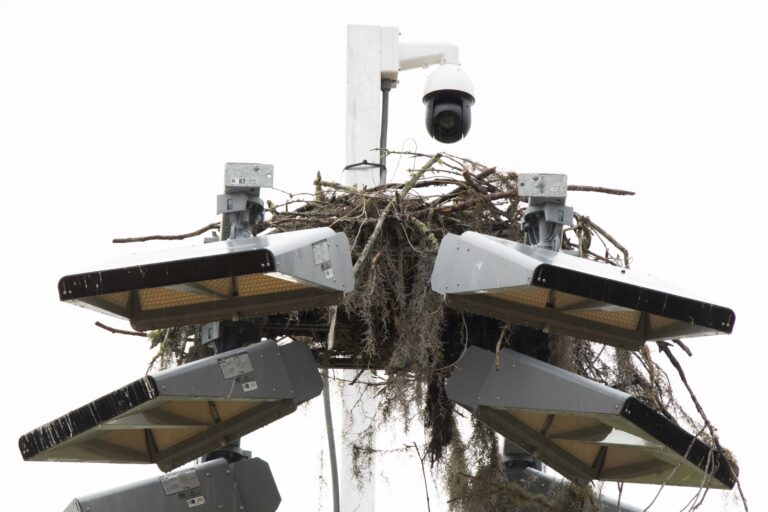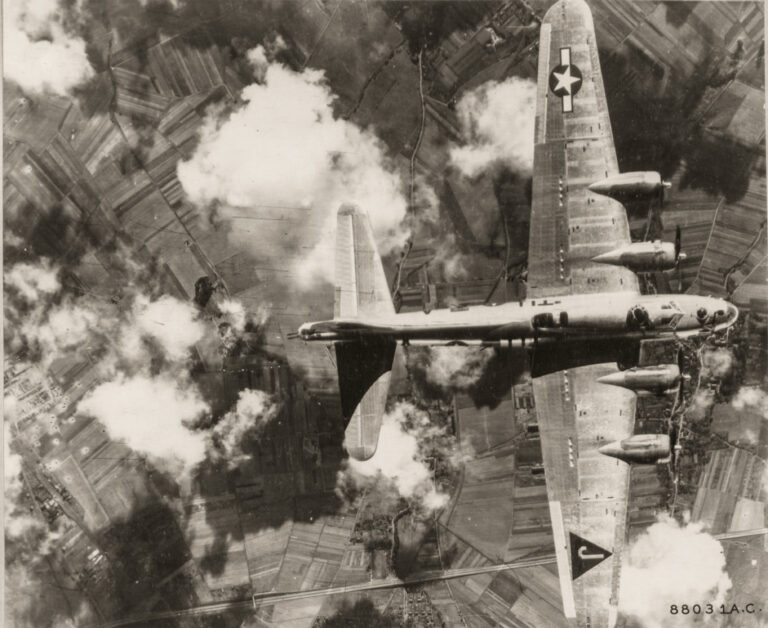Legacy Post Disclaimer
This is a #Legacy post imported from The Apalachicola Time’s previous platform. If you’re experiencing issues with this article, please email us at news@nevespublishing.com.
Bone home safely from Ukraine humanitarian flights
When the history of Russia’s 2022 war with Ukraine is written, the volunteer service of men like Apalachicola pilot John Bone will be on those pages.
Bone returned safely from Germany to the Apalachicola Regional Airport Saturday, more than two-and-a-half months after he became the first U.S. pilot to join the Ukrainian Air Rescue.
Soon after Russia invaded Ukraine in February 2022, two cybersecurity experts from Germany, Kay Wolf and Stefan Sachling, set out to send supplies and aid to their fellow workers and friends in Ukraine. Given the chaos and bureaucracy of getting supplies across borders, the two devised a plan to fly the cargo in small planes, with their Ukrainian contacts organizing the ground transfer from Poland into Ukraine.
Sachling, a pilot for over 15 years, and Wolf, an aviation enthusiast, enlisted friends who either had planes or access to them through flying clubs, and the rescue effort came to life in just a few days,
By August Ukrainian Air Rescue had grown to 313 volunteer pilots worldwide, either retired airline pilots, such as Bone, or current airline and military pilots, flight instructors, professional pilots, and many visual flight rules private pilots. The mix of participating airplanes included everything from the French-built Robin to Platus PC 12s, including seven Cirrus aircrafts on the list.
“I heard about Ukrainian Air Rescue through a friend of mine in Kyiv, Ukraine, who had evacuated his home in the heavily bombed area of Irpin together with his wife, cat, and several elderly neighbors. After several days in the woods and snow, they joined other refugees and ended up in the Czech Republic, Bone said.
Bone, who among his “retirement” accomplishments has twice solo circumnavigated the globe, flew to Germany within a few weeks via the North Atlantic route to join the effort.
“Once in Germany, I found a well-organized, well-funded, and friendly group of general aviation pilots,” he wrote, in one of several articles he has penned on his work. “The mission: Fly critically needed medical supplies to the Poland-Ukraine border and return with refugees needing medical care.”
Between July and August, Bone’s award-winning work included conducting 11 missions to the Ukraine – Poland border, flying 12,061 miles, carrying 4,916 pounds of medical supplies and delivering five casualties of the war to medical attention in Germany.
“Returning with the passengers can be an emotional experience,” he wrote. “Passengers might be Ukrainian refugees or military, all needing medical care. Missing hands, arms, and legs are frequent. Also frequent are stories of atrocities committed by Russians.
“New friends are made, and hospital visits might follow to check on them,” Bone wrote. “At the end of the 10- to 12-hour day, you are drained.”
On Aug. 18, Wolf received an email from Stefan Vogelbacher of Evangelische Stadtmission Freiburg e.V., a non-governmental organization in Freiburg, Germany, who was inquiring about the possibility of Ukraine Air Rescue flying cancer patients for Safer Ukraine, a humanitarian effort to provide safe passage for childhood cancer patients and their families out of Ukraine. The organization, established by St. Jude Global and several international partners, also offers continued care for refugee patients.
Vogelbacher, a taxi driver, is somewhat of a legend in Freiburg, sometimes affectionately referred to as “The Potato Taxi” because during the early days of the invasion, he loaded a truck with potatoes and drove them to the Ukraine-Poland border, where they were later distributed around Ukraine.
On Aug. 26, Dr. Alexandra Mueller, medical director for Safer Ukraine, on a Zoom call with Wolf to introduce the two organizations, inquired about the possibility of flying a 5-year-old Ukrainian refugee girl undergoing cancer treatment for leukemia in Lodz, Poland.
Taya was assigned to the University Hospital Lodz, Clinic for Pediatrics, Department of Hematology, Oncology, and Diabetology in Poland, for her first cycle of chemotherapy. Since the beginning of the war, over 300 pediatric hematology and oncology patients were allocated to Poland and are now receiving treatment there.
Taya, who suffers from a leukemia relapse and required an immunotherapy based on genetic modified T-cells, needed to be transferred to a hospital that offers this therapy. Because of the treatment she is receiving, her immune system has been compromised, and she could not travel on a commercial airline flight, train, bus, or other public transportation.
Taya had to be moved, along with her mother, to the University Hospital in Essen, Germany, for specialized treatment. Wolf forwarded the request to Bone, who arranged to fly into the Lodz, Poland airport. His Cirrus SR22 departed from the Bonn-Hangelar airport for Lodz, where he landed, refueled, boarded the young girl and her mother, and was airborne again in less than one hour. Flight time from Lodz to Essen is three hours 15 minutes; the flight landed at Essen, Germany, at 4 p.m. and by 5 p.m. the girl and mom were settled in one of the cancer care apartments before 5 p.m.
Bone said a typical mission might have several planes leaving from two or three different airports supporting two or three non-governmental organizations, with as much as 2,000 to 3,000 pounds of medical supplies.
He said through donations and the use of volunteer pilots, the cost of the goods delivered to the user is also zero. “It is so efficient that during the two months I volunteered, we quickly moved over 200 Ukraine Army Medic backpacks at $1,000 per backpack, all either donated or paid for through donations, all delivered to locations along the front at no cost to the Army,” said Bone. “Try running the same through the Pentagon.
“While there are several humanitarian flight organizations worldwide, Ukraine Air Rescue is likely the largest group of general aviation pilots ever assembled for a single cause,” he said. “In the first six months of operation, the group had flown over 70 flights, carrying over 37,000 pounds of medical supplies (roughly 18.5 tons), 235 Ukraine Army Medic backpacks, and over 59 passengers in need of medical care.
“As the flight demand grows, so does the network of pilots and planes,” Bone said. “Most of the Ukrainian airports have been destroyed, but pilots within the Ukraine are already preparing serviceable grass runways in anticipation of the war ending and the airspace opening. When it does open, there is no doubt that Ukraine Air Rescue will be some of the first planes to deliver aid into Ukraine.”





Meet the Editor
David Adlerstein, The Apalachicola Times’ digital editor, started with the news outlet in January 2002 as a reporter.
Prior to then, David Adlerstein began as a newspaperman with a small Boston weekly, after graduating magna cum laude from Brandeis University in Waltham, Massachusetts. He later edited the weekly Bellville Times, and as business reporter for the daily Marion Star, both not far from his hometown of Columbus, Ohio.
In 1995, he moved to South Florida, and worked as a business reporter and editor of Medical Business newspaper. In Jan. 2002, he began with the Apalachicola Times, first as reporter and later as editor, and in Oct. 2020, also began editing the Port St. Joe Star.